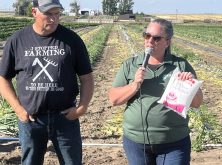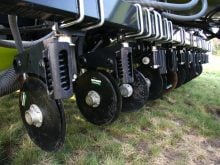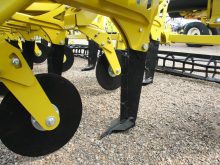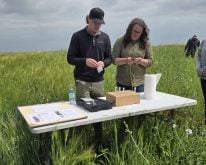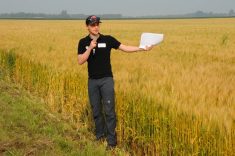John Mayko says producers in some of the Prairies’ driest regions might want to consider reducing their yield targets and fertilizer rates.
However, the senior Canola Council of Canada agronomist said reducing yield expectations doesn’t mean cutting corners.
“The more things you have working against you, the more important it is to follow the best practices for production,” he said.
He advised producers to work out their target yields based on available and projected moisture.
West-central Alberta, where Mayko lives, missed out on most of the rain that fell on much of the Prairies in mid-April.
Read Also
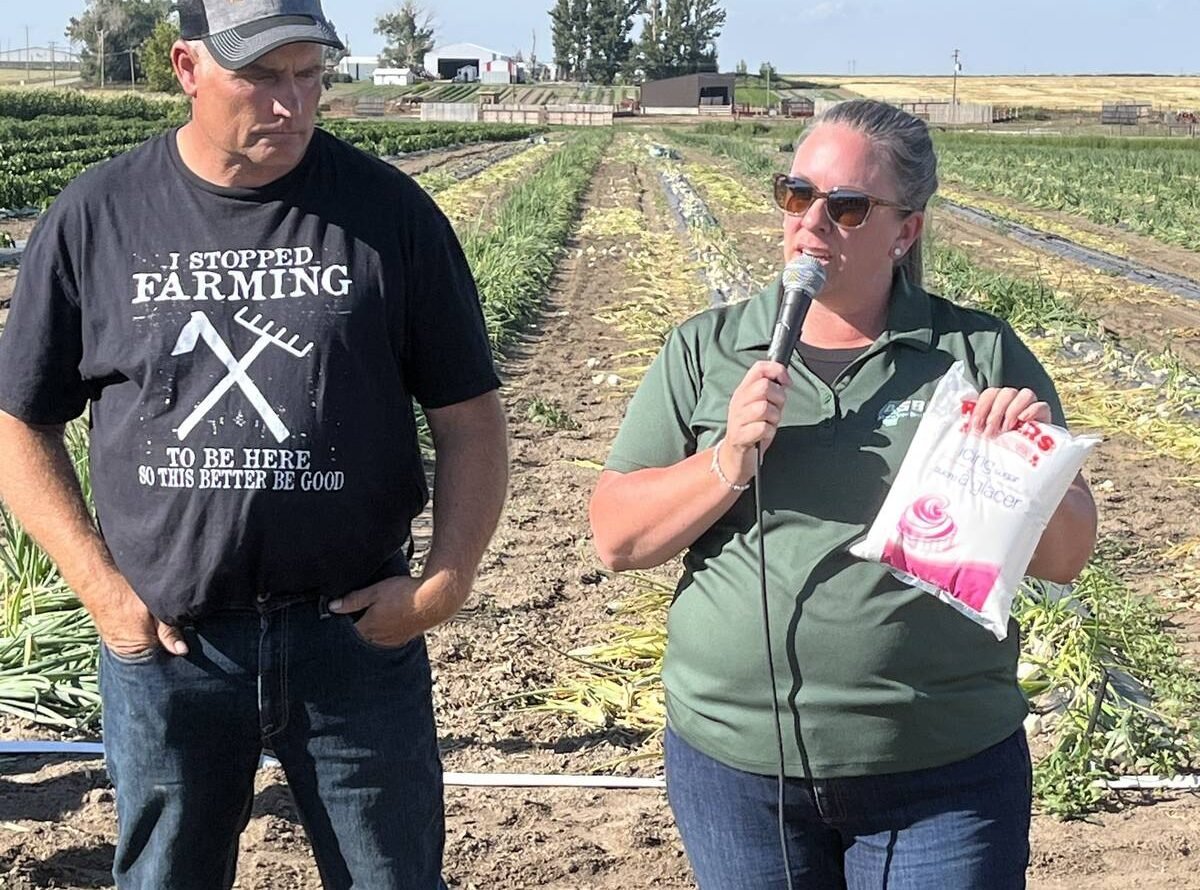
Alberta’s beets a sweet domestic segment in Canada’s sugar supply
The sugar beet industry is showcased during a Farm to Table tour, as Taber features the last remaining sugar beet processing plant in all of Canada.
“We’re very short out here … but from Regina east things are in very good shape moisture-wise,” he said.
Alberta provincial moisture specialist Ralph Wright said soil moisture levels remain low in the Red Deer corridor extending south to Calgary, north of Edmonton and to the west.
In other parts of the province outside of the Peace region, the rain added considerably to spring planting optimism.
Soil types vary within the driest region, and Mayko said producers should consider how their seed row-placed fertilizer will function based on their individual drill setups and field soil types.
Drier soil usually places canola seedlings at greater risk of fertilizer damage. Mayko said lighter soil also puts young plants at risk.
He advised producers to calculate their seedbed utilization (SBU) percentage and then make their plans based on agronomy recommendations from the provincial agriculture departments.
The calculation is made by dividing the shank spacing or row width by the width of pattern into which the seed is placed.
For example, a two inch wide seed pattern with 10 inch row spacing provides a 20 percent SBU.
A 1.5 inch wide seed distribution with a 12 inch shank spacing gives a 12.5 percent SBU, while a three inch wide spread with a 9.5 inch row results in a 32 percent SBU.
When calculating the level of fertilizer that the seedlings can tolerate, producers should add nitrogen, in actual pounds, to any sulfate, in actual pounds. The applied amount should not exceed the allowable nitrogen amount.
Phosphate and potash should be handled the same way. They shouldn’t exceed the recommended amount of seed-placed phosphate.
Mayko said producers who plan to place more than the recommended rates in the seedbed should consider coated, delayed release urea products.
“With ESN, research suggests three times the amount of uncoated is OK,” he said. “But make sure you don’t damage those coatings with a fast auger or in the air stream because the ESN becomes straight urea at that point and you could see significant (seedling) damage.”


